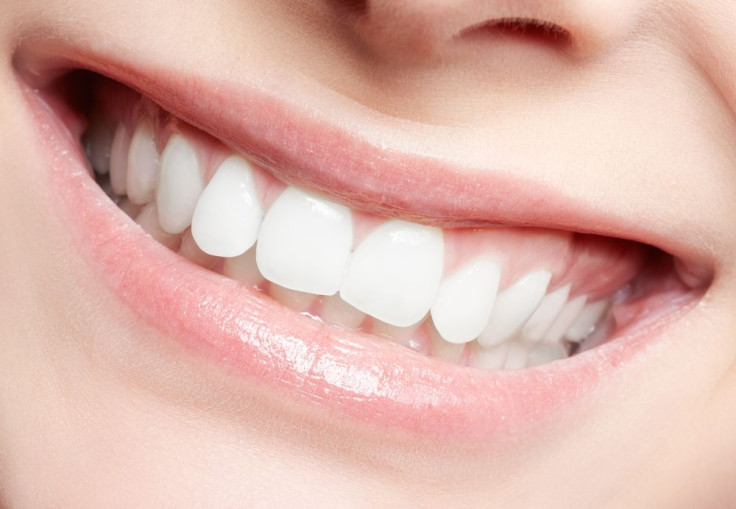Why Do We Smile? The Science Of Smiles Is Spotty, But Some Discoveries May Surprise You

If someone asks you to associate an emotion with the act of smiling, you’ll probably answer “happiness” without much thought. However, once you start thinking about this answer, it becomes a bit problematic. After all, smiling does not necessarily indicate that a person is happy — and, conversely, being happy doesn’t necessarily entail a smile.
The difficulty of connecting the act to a particular emotion becomes even more pronounced when we examine the smile in relation to other facial expressions. A frown, for example, is typically accompanied by the exact same set of emotions in all cultures — displeasure, concentration, anger, and disgust. Smiles, on the other hand, can represent everything from anxiety and fear to satisfaction and joy.
According to Dr. Nakia Gordon, an assistant professor of psychology and emotion expert at Marquette University, not even neuroscience can resolve the smile’s origins. “While neuroimaging data (pictures of the brain when it is active) tells us how emotional expressions are perceived, it doesn’t tell us why we smile (as opposed to frown, for example),” she said, speaking to Marquette Magazine. To formulate a convincing theory, we must look elsewhere.
Smiles and Evolution
Some experts suggest that the answer lies in evolutionary psychology — that is, the branch of psychology that seeks to understand every aspect of human behavior as the outcome of extensive trial and error. For an evolutionary psychologist, the smile is a social tool used to achieve a very particular set of goals.
One of the first attempts to formalize the evolution of smiles came from Charles Darwin himself, who in his book The Expression of Emotions in Men and Animals suggested that humans may have co-opted the behavior of animals baring their teeth. As more and more tribes began to use the expression as a simple greeting, it gradually lost its predatory edge. However, Gordon suggests that the theory requires a leap of faith — something Darwin may have noticed too, as he soon became more interested in other emotions.
Instead, some of the most important early work on smiles was carried out by Guillaume-Benjamin Duchenne, a contemporary of Darwin specializing in neurology. “[Duchenne] was doing experiments where he would zap single muscles on the face with electricity and then look at the changes,” Dr. Marianne LaFrance, an experimental psychologist at Yale and author of the book Lip Service, told Wired. “His primary distinction was between smiles that came from the soul, non-deliberate smiles, and the ones put there consciously.”
Thanks to Duchenne’s research, scientists who study facial expressions now distinguish between social non-Duchenne smiles and spontaneous Duchenne smiles. Not that it’s necessary to be a scientist to make this distinction: If the smile engages the musculature around a person’s eyes, it’s probably a Duchenne smile.
Owning Your Smile
Although a comprehensive theory of smiles may remain out of reach, modern research can nonetheless help you use the expression to your advantage. For example, while everyone knows that a state of mind influences expressions, few know that expressions also influence state of mind. “In fact, ‘turning that frown upside down’ can make you feel happier,” Gordon explains. “Research suggests that our brains receive feedback from our muscles (and other internal organs) to help discern how we feel.”
One such study was conducted in the late 1980s by Dr. Fritz Strack and his colleagues at the University of Mannheim in Germany. Volunteers were divided into two groups: Some were asked to hold a pencil between their teeth, and the rest were asked to hold it between their lips. If you try both, you’ll find that one forces a smile and the other forces a frown. Participants were then asked to read a series of comics and rate the degree of humor.
The findings, published in the Journal of Personality and Social Psychology, suggest that a forced smile can indeed boost humor, as patients who held the pencil between their teeth found the comics funnier than those who held it between their lips.
“Thus, smiles do not merely represent and communicate how we feel to others, they also help us experience those feelings more robustly,” Gordon said. “In some situations, they may even help us regulate how we feel.”
So, the next time you’re thinking about the origin of a particular expression, try doing it with a pencil between your teeth.



























